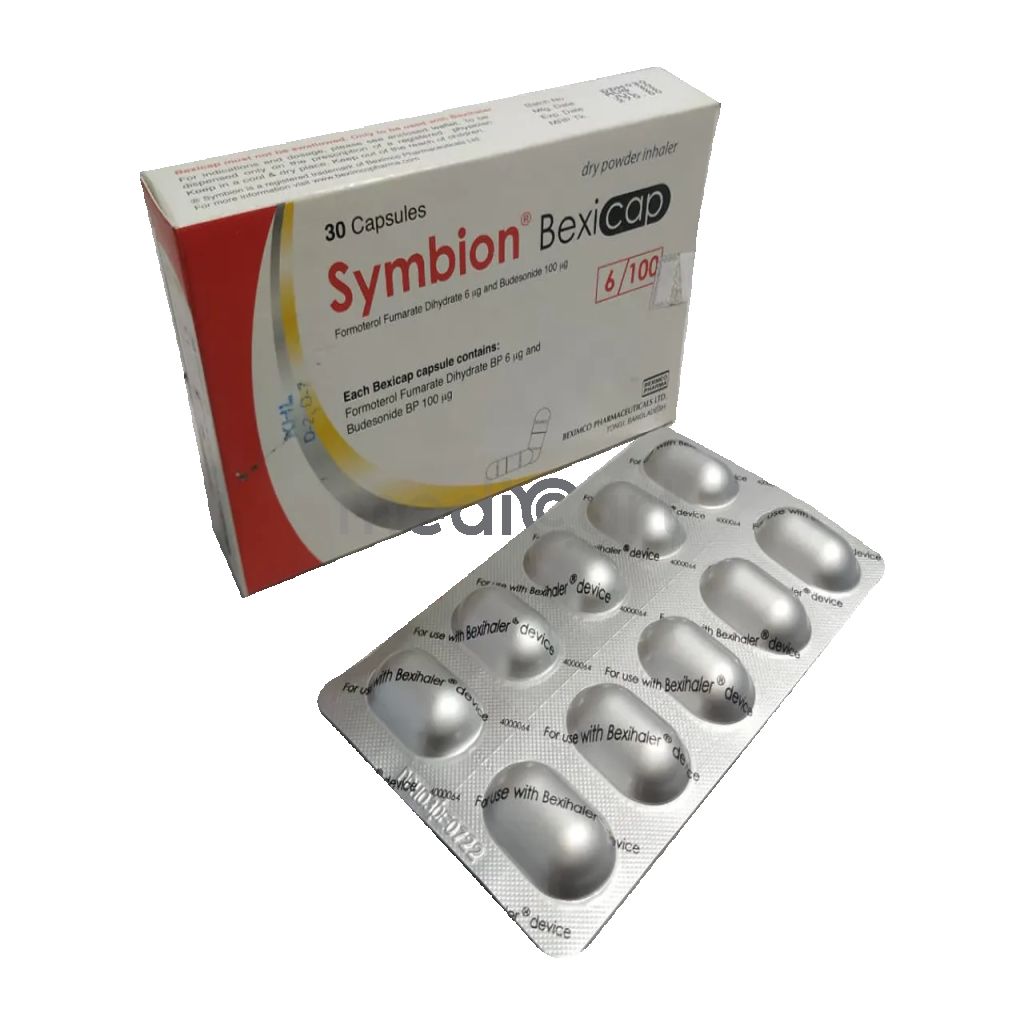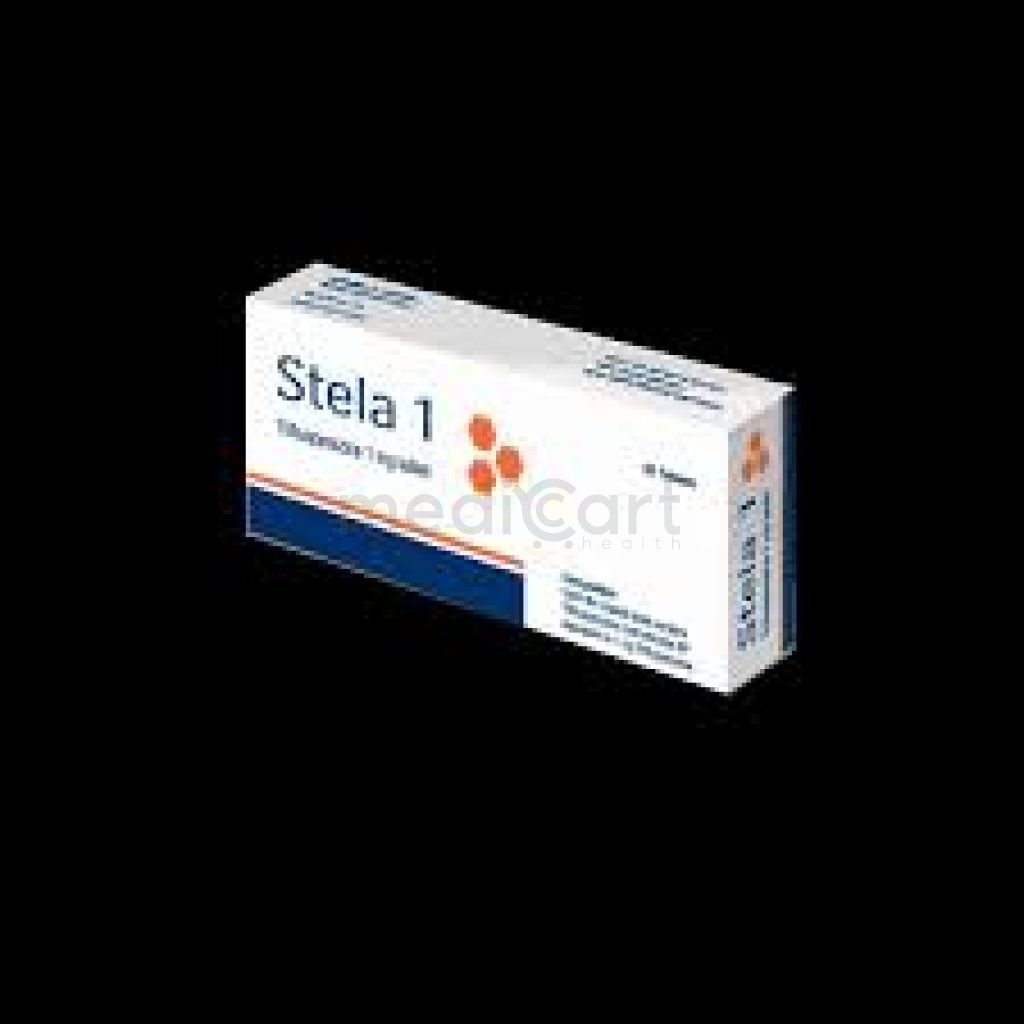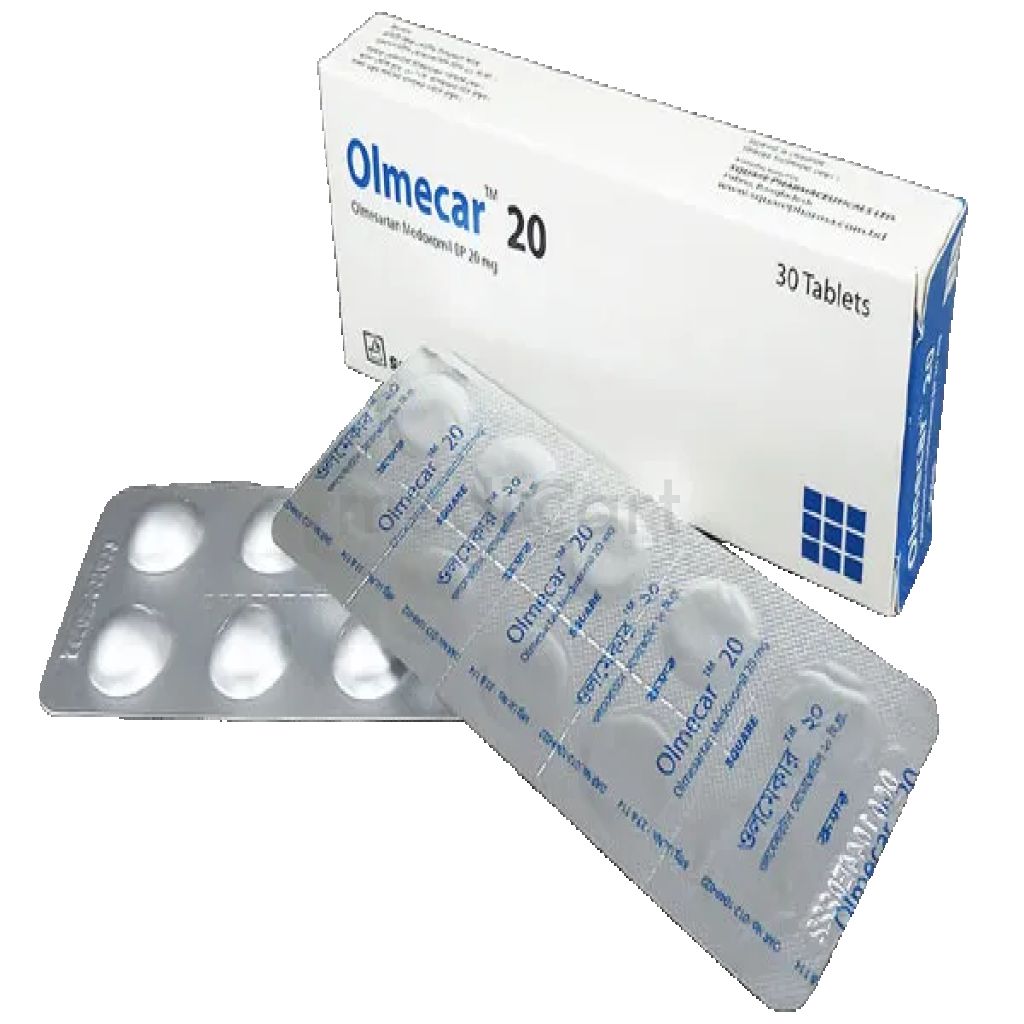

Thyrolar 50 mcg Tab
Tablet* Delivery will be done in Dhaka city only.
More Information About - Thyrolar 50 mcg Tab
Description
Generic Name
Levothyroxine Sodium
Precaution
Patients w/ CV (e.g. angina, heart failure, HTN), DM and diabetes insipidus, epilepsy, pre-existing myasthenia syndrome, long-standing hypothyroidism. Elderly, pregnancy and lactation. Monitoring Parameters Monitor thyroid function test, clinical signs of hypo- and hyperthyroidism, heart rate and BP. Lactation: Enters breast milk; use caution
Indication
Hypothyroidism, TSH suppression, Myxoedema coma
Contra Indication
Untreated hyperthyroidism; uncorrected adrenal failure; recent MI.
Dose
N/A
Side Effect
Nervousness, excitability, tremor, muscle weakness, fatigue, cramps; sweating, flushing, heat intolerance, headache, fever, insomnia, tachycardia, palpitations, restlessness, anginal pain, HTN, severe depression, difficulty in sleeping, excessive wt loss; menstrual irregularities; diarrhoea, vomiting, psychosis or agitation. Increased bone resorption and reduced bone mineral density, especially in post-menopausal women; elevated LFT. Potentially Fatal: Thyrotoxic crisis including convulsions, cardiac arrhythmia, heart failure, coma.
Pregnancy Category
Name : Not Classified
Description
FDA has not yet classified the drug into a specified pregnancy category.Mode of Action
Levothyroxine Na is a synthetic form of thyroxine which increases the basal metabolic rate (BMR) and the utilisation and mobilisation of glycogen stores and stimulates protein synthesis. It is also involved in normal metabolism, growth and development. These effects are mediated at the cellular level by the thyroxine metabolite, tri-iodothyronine.
Interaction
Reduced absorption w/ iron, antacids, bile acid sequestrants, colestyramine, simeticone, Ca carbonate, sucralfate, cation exchange resins. Reduced tri-iodothyronine serum levels w/ amiodarone and propranolol. Reduced serum levels of thyroxine w/ carbamazepine, phenytoin, phenobarbital, rifampicin, lithium, oestrogens, sertraline. Androgens may decrease levothyroxine-binding globulins serum levels. May alter requirements of antidiabetic drugs. Increased risk of significant HTN and tachycardia w/ ketamine. Increased metabolic demands w/ sympathomimetics (e.g. epinephrine). May increase anticoagulant effect of warfarin.
Pregnancy Category Note
Pregnancy Experience with levothyroxine use in pregnant women, including data from post-marketing studies, have not reported increased rates of major birth defects or miscarriages; there are risks to mother and fetus associated with untreated hypothyroidism in pregnancy; since TSH levels may increase during pregnancy, TSH should be monitored and levothyroxine dosage adjusted during pregnancy; untreated maternal hypothyroidism may have adverse effect on fetal neurocognitive development Maternal hypothyroidism during pregnancy is associated with a higher rate of complications, including spontaneous abortion, gestational hypertension, pre-eclampsia, stillbirth, and premature delivery; untreated maternal hypothyroidism may have adverse effect on fetal neurocognitive development Pregnancy may increase thyroid hormone requirements. serum TSH level should be monitored and the dosage adjusted during pregnancy; since postpartum TSH levels are similar to preconception values, the dosage should return to the pre-pregnancy dose immediately after delivery Lactation Limited published studies report that levothyroxine is present in human milk; however, there is insufficient information to determine effects of levothyroxine on breastfed infant and no available information on effects of levothyroxine on milk production; adequate levothyroxine treatment during lactation may normalize milk production in hypothyroid lactating mothers; developmental and health benefits of breastfeeding should be considered along with mother’s clinical need for levothyroxine and any potential adverse effects on breastfed infant from levothyroxine or from underlying maternal condition
Adult Dose
Oral Mild Hypothyroidism 1.7 mcg/kg or 100-125 mcg PO qDay; not to exceed 300 mcg/day >50 years (or <50 yr with CV disease) Usual initial dose: 25-50 mcg/day May adjust dose by 12.5-25 mcg q6-8Week >50 years with CV disease Usual initial dose: 12.5-25 mcg PO qDay May adjust dose by 12.5-25 mcg q4-6weeks until patient becomes euthyroid and serum TSH concentration normalized; adjustments q6-8weeks also used Dose range: 100-125 mcg PO qDay Severe Hypothyroidism Initial: 12.5-25 mcg PO qDay Adjust dose by 25 mcg/day q2-4Week PRN Subclinical Hypothyroidism Initial: 1 mcg/kg PO qDay may be adequate, OR If replacement therapy not initiated, monitor patient annually for clinical status TSH suppression For thyrotropin-dependent well-differentiated thyroid cancer: Doses >2 mcg/kg/day may be given as a single dose to suppress TSH to <0.1 MIU/L. For benign nodules and nontoxic multinodular goitre: Target TSH is generally higher at 0.1-0.5 MIU/L for nodules and 0.5-1 MIU/L for multinodular goitre.
Child Dose
Oral Hypothyroidism Age 1-3 months 10-15 mcg/kg/day PO Use lower starting dose (25 mcg/day) if patient at risk of cardiac failure; if initial serum T4 lower than 5 mcg/dL begin treatment at higher dose (50 mcg/day) Age 3-6 months 8-10 mcg/kg/day PO, OR 25-50 mcg/day PO Age 6-12 months 6-8 mcg/kg/day PO, OR 50-75 mcg/day PO Age 1-5 years 5-6 mcg/kg/day PO, OR 75-100 mcg/day PO Age 6-12 years 4-5 mcg/kg/day PO, OR 100-125 mcg/day PO >12 years 2-3 mcg/kg/day PO, OR 150 mcg/day PO Start children with severe or chronic hypothyroidism at 25 mcg/day; adjust dose by 25 mcg qweek
Renal Dose
N/A
Administration
Should be taken on an empty stomach with full glass of water. Take on an empty stomach ½-1 hr before meals.
Disclaimer
The information provided herein are for informational purposes only and not intended to be a substitute for professional medical advice, diagnosis, or treatment. Please note that this information should not be treated as a replacement for physical medical consultation or advice. Great effort has been placed to provide accurate and comprehensive data. However, Medicart along with its authors and editors make no representations or warranties and specifically disclaim all liability for any medical information provided on the site. The absence of any information and/or warning to any drug shall not be considered and assumed as an implied assurance of the Company.








